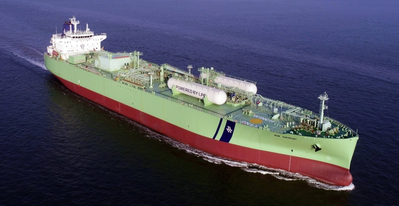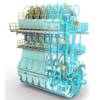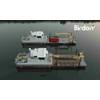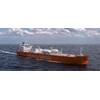World’s First LPG-Fueled VLGC Completes Transpacific Voyage, Loads Cargo in Houston
BW LPG's BW Gemini, the world’s first Very Large Gas Carrier (VLGC) to be retrofitted with LPG dual-fuel propulsion, completed loading at Enterprise Terminal in Houston Monday.
BW LPG, part of BW Group, said Monday that the VLGC had completed its "historic" crossing of the Pacific Ocean on LPG propulsion on December 5.
"BW Gemini is carrying a record load of 49,000 metric tons of LPG on a single keel. As the vessel refueled while loading and no additional bunkering was needed, she has proceeded on her voyage. This turnaround translates to an increase in the vessel’s commercial availability for customers," BW LPG said.
BW has previously said that the 225-meter-long, 84,134-cubic-meter-capacity BW Gemini would be the first of at least 12 of its VLGCs with dual-fuel LPG engines through 2020 and 2021. This target has now been increased to 15 vessels.
"On the back of BW Gemini’s successful retrofitting and first voyage, as well as the company’s belief in the future of LPG, BW LPG has committed an additional three VLGCs for retrofitting, bringing the total commitment to 15 vessels and a combined cost of approximately USD 130 million," BW LPG said.
Anders Onarheim, BW LPG CEO said: "We are taking the lead and advancing technology that will allow us to decarbonize and maximize the value of an asset with a 20-year lifespan as we prepare for a zero-carbon solution.”
He adds: “Building new ships can provide the benefits of operating with LPG but comes at a heavy cost. Counting total emissions, a new ship represents about 70,000 tons of carbon dioxide in the materials and building process. Compared to 2,000 tons of carbon dioxide for retrofitting, the sustainability outcome is much better from retrofitting than from building new vessels.”














